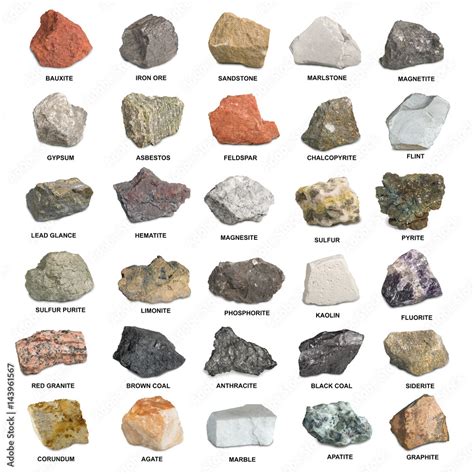Understanding Square Planar Geometry in Coordination Compounds
Coordination compounds are a crucial aspect of inorganic chemistry, and their geometries play a significant role in determining their properties and behavior. One such geometry is the square planar geometry, which is commonly observed in certain types of coordination compounds. In this article, we will delve into the details of square planar geometry, its characteristics, and the factors that influence its formation.
The square planar geometry is a type of coordination geometry where four ligands are arranged around a central metal atom in a square planar arrangement. This geometry is typically observed in complexes with a d8 electronic configuration, such as those of platinum(II), palladium(II), and gold(III). The square planar geometry is also favored by the presence of strong field ligands, which cause a large crystal field splitting energy.
Characteristics of Square Planar Geometry
Square planar complexes have several distinct characteristics. One of the most notable features is their planarity, which arises from the dsp2 hybridization of the central metal atom. This hybridization results in a square planar arrangement of the four ligands, with bond angles of 90° and 180°. The metal atom lies in the plane of the ligands, and the complex has a high degree of symmetry.
Another important characteristic of square planar complexes is their reactivity. Due to the presence of empty p orbitals on the metal atom, square planar complexes can undergo various reactions, such as nucleophilic substitution and oxidative addition. These reactions are often influenced by the nature of the ligands and the metal atom.
Factors Influencing the Formation of Square Planar Geometry
The formation of square planar geometry is influenced by several factors, including the electronic configuration of the metal atom, the nature of the ligands, and the crystal field splitting energy. The d8 electronic configuration is particularly favorable for square planar geometry, as it allows for the dsp2 hybridization of the metal atom.
The nature of the ligands also plays a crucial role in determining the geometry of the complex. Strong field ligands, such as CN- and CO, tend to favor square planar geometry by causing a large crystal field splitting energy. In contrast, weak field ligands, such as H2O and NH3, tend to favor octahedral geometry.
| Metal Ion | Electronic Configuration | Common Geometry |
|---|---|---|
| Pt(II) | d8 | Square Planar |
| Pd(II) | d8 | Square Planar |
| Au(III) | d8 | Square Planar |
| Ni(II) | d8 | Octahedral/Tetrahedral |
Key Points
- Square planar geometry is commonly observed in complexes with a d8 electronic configuration.
- The dsp2 hybridization of the central metal atom results in a square planar arrangement of the four ligands.
- Strong field ligands, such as CN- and CO, tend to favor square planar geometry.
- Square planar complexes have a high degree of symmetry and planarity.
- The reactivity of square planar complexes is influenced by the nature of the ligands and the metal atom.
Examples and Applications of Square Planar Geometry
Square planar complexes have numerous applications in various fields, including catalysis, medicine, and materials science. One notable example is the use of platinum-based complexes, such as cisplatin, as anticancer agents. These complexes work by binding to DNA and inhibiting cell division, thereby inducing cell death.
Another example is the use of palladium-based complexes as catalysts in cross-coupling reactions. These reactions are crucial in the synthesis of complex organic molecules, and palladium-based catalysts have been shown to be highly effective in facilitating these reactions.
Conclusion
In conclusion, square planar geometry is a critical aspect of coordination chemistry, and understanding its characteristics and influencing factors is essential for predicting the properties and behavior of coordination compounds. The dsp2 hybridization of the central metal atom, the nature of the ligands, and the crystal field splitting energy all play crucial roles in determining the formation of square planar geometry.
What is the typical electronic configuration for square planar complexes?
+The typical electronic configuration for square planar complexes is d8, which allows for the dsp2 hybridization of the metal atom.
What are some common ligands that favor square planar geometry?
+Some common ligands that favor square planar geometry include CN-, CO, and other strong field ligands.
What is the significance of square planar geometry in catalysis?
+Square planar geometry plays a significant role in catalysis, particularly in cross-coupling reactions, where palladium-based complexes have been shown to be highly effective catalysts.



